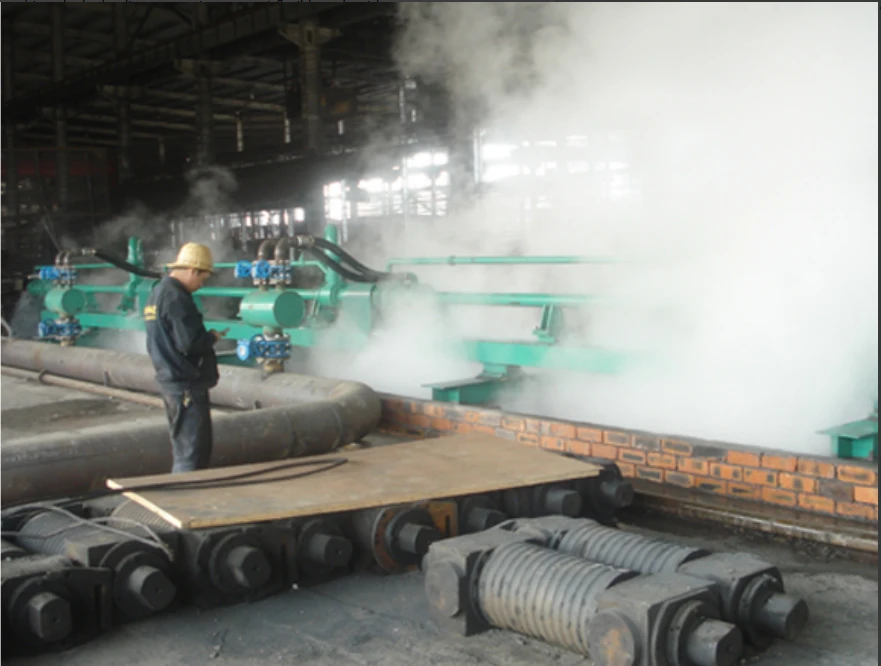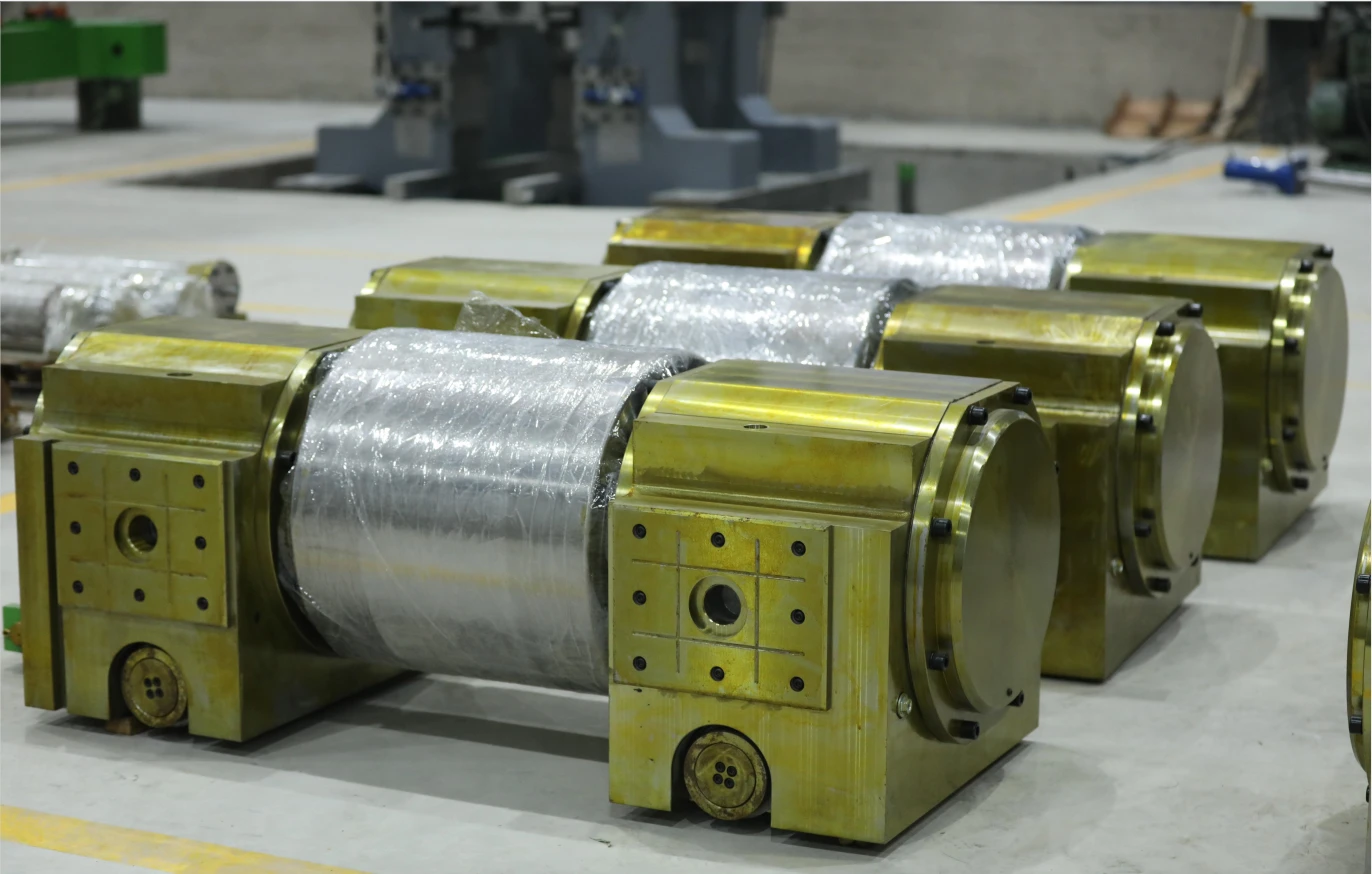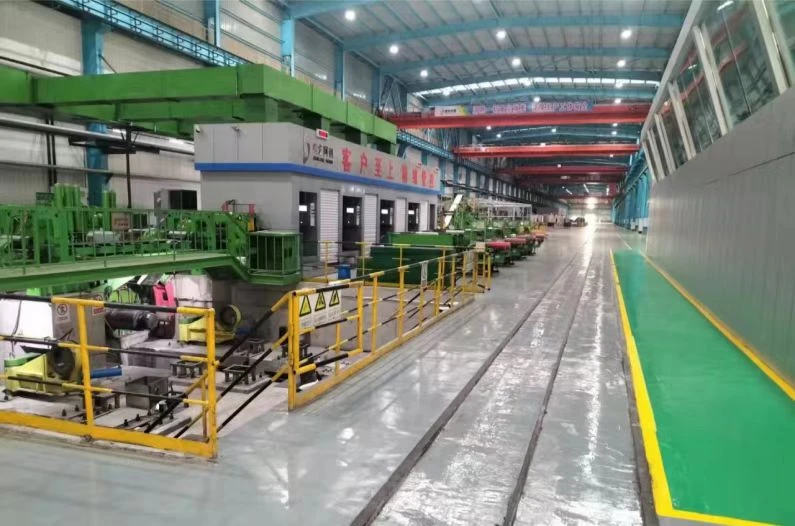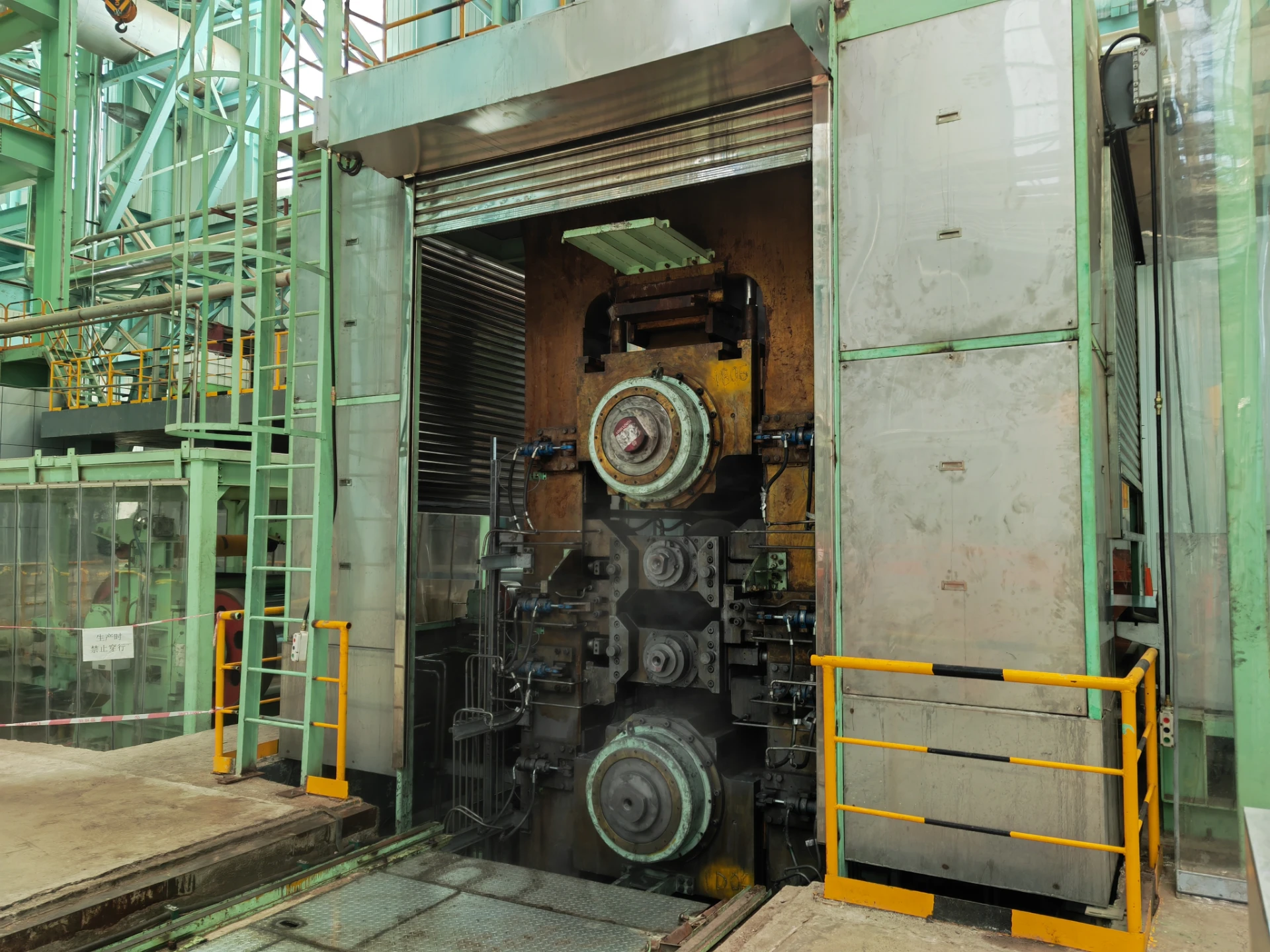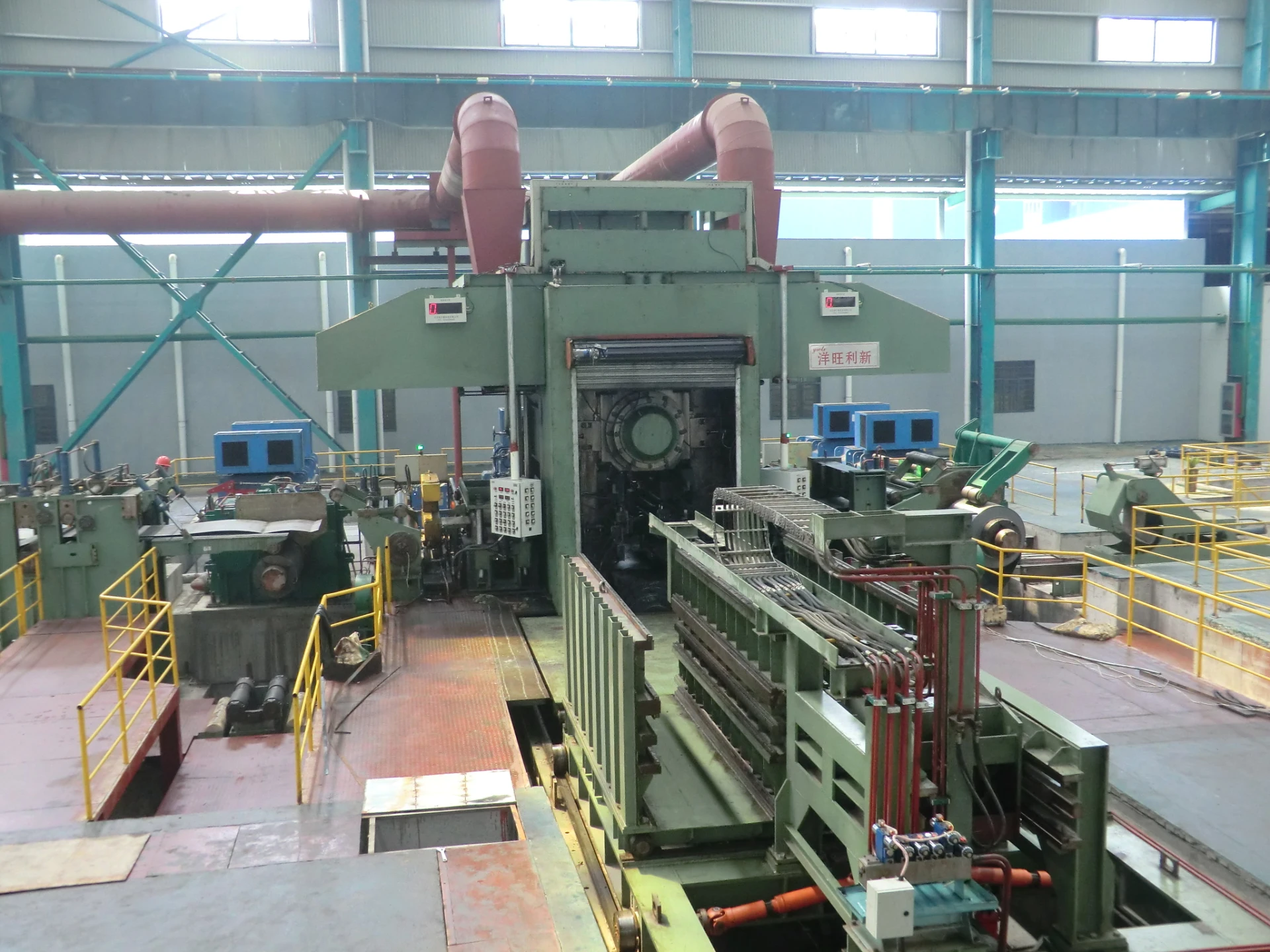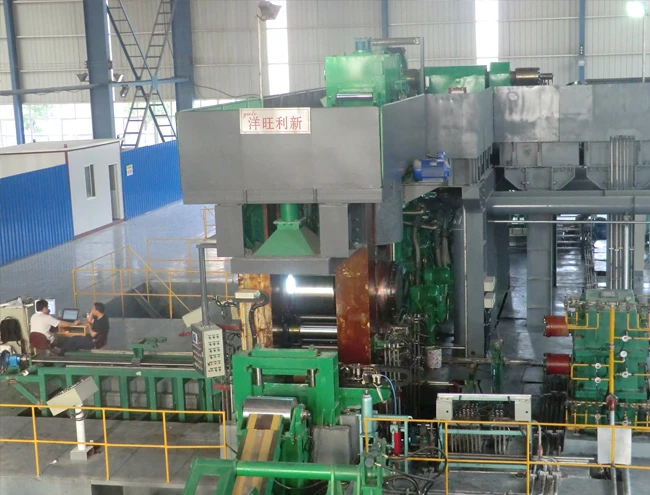
Mass Flow AGC: Stable Gauge Control for High-Speed Rolling
In today's demanding metal processing industry, maintaining precise strip thickness control at high rolling speeds presents one of the most significant challenges for cold rolling mills. Conventional automatic gauge control (AGC) systems often struggle to compensate for rapid disturbances in material properties and mill dynamics. This is where Mass Flow AGC emerges as an advanced solution, fundamentally changing how we approach thickness control in modern strip rolling operations.
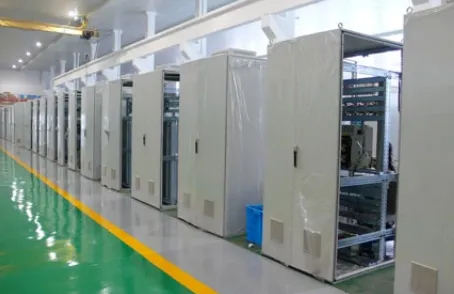
Unlike traditional AGC methods that rely primarily on exit-side thickness measurements, Mass Flow AGC introduces a proactive control philosophy by continuously monitoring and balancing the metal flow entering and exiting the rolling stand.
The Fundamental Working Principle of Mass Flow AGC
At its core, Mass Flow AGC operates on the principle of mass conservation throughout the rolling process. The system continuously compares the product of strip speed and thickness at both entry and exit sides of the mill stand. Any detected imbalance between these values triggers immediate corrective actions through the automatic gauge control system, adjusting roll force or roll gap position to restore equilibrium.
This methodology offers distinct advantages over conventional feedback-based AGC systems. By responding to mass flow imbalances rather than waiting for thickness deviations to appear at the exit side, Mass Flow AGC can anticipate and counteract disturbances before they significantly affect product quality. The system's predictive nature becomes particularly valuable when processing materials with varying hardness or when dealing with rapid speed changes in high-speed rolling applications.
The integration of precise speed measurement devices and advanced control algorithms allows Mass Flow AGC to maintain remarkable stability even during acceleration and deceleration phases. This capability sets it apart from traditional control methods that often struggle with transient conditions, making it an indispensable tool for modern rolling operations where dynamic performance is crucial.
AGC System: Key Advantages in High-Speed Rolling Applications
The implementation of Mass Flow AGC brings several critical benefits to high-speed rolling operations. One of its most significant advantages lies in its ability to maintain consistent gauge control during rapid speed transitions. Conventional systems often exhibit control lag during acceleration or deceleration, leading to temporary gauge variations. Mass Flow AGC inherently compensates for these speed-related effects, ensuring uniform thickness throughout the entire coil.
Another notable advantage is the system's robustness against material property variations. When processing coils with inconsistent hardness or when changing between different material grades, Mass Flow AGC automatically adjusts rolling parameters to maintain stable output thickness. This capability significantly reduces the transitional scrap typically generated when conventional systems struggle to adapt to changing material conditions.
The technology also demonstrates superior performance in dealing with mill stretch variations. As rolling forces change during operation, the natural elasticity of the mill frame can affect roll gap geometry. Mass Flow AGC continuously compensates for these effects by adjusting its control parameters based on real-time mass flow calculations, maintaining precise thickness control regardless of mill stretch dynamics.
Integration with Tension Control Systems
The effectiveness of Mass Flow AGC reaches its full potential when properly integrated with the mill's tension control systems. In a typical rolling application, strip tension plays a crucial role in both process stability and final product quality. The interaction between gauge control and tension control requires careful coordination to avoid conflicting control actions that could destabilize the rolling process.
Modern implementations achieve this integration through advanced control architectures that allow seamless communication between the automatic gauge control system and winder tension control subsystems. This coordinated approach ensures that adjustments made by one system don't adversely affect the other, maintaining both dimensional accuracy and proper strip flatness throughout the rolling process.
The synergy between these systems becomes particularly important in tandem mill configurations or during threading and tail-out operations. Here, the combined action of Mass Flow AGC and precision tension control maintains stable processing conditions even during the most challenging phases of mill operation.
AGC System: Implementation Challenges and Solutions
While Mass Flow AGC offers significant advantages, its implementation presents unique challenges that require careful consideration. One of the primary hurdles involves ensuring the accuracy and reliability of speed measurement systems. Since the entire control philosophy depends on precise speed data, any measurement errors can propagate through the control system and affect final product quality.
Modern solutions employ multiple redundant measurement devices combined with advanced signal processing algorithms to ensure data reliability. Laser speed sensors, high-resolution encoders, and advanced filtering techniques work together to provide the necessary measurement accuracy even in harsh mill environments.
Another implementation challenge involves the proper tuning of control parameters to match specific mill characteristics. Each rolling mill possesses unique dynamic behaviors that must be accounted for in the control algorithms. Advanced self-tuning capabilities in modern AGC systems help overcome this challenge by automatically adapting control parameters based on observed mill behavior during operation.
AGC System: The Future of Precision Rolling Control
Mass Flow AGC represents a significant step forward in rolling mill control technology, offering unprecedented stability in high-speed rolling applications. Its ability to maintain consistent gauge control under dynamic conditions makes it an essential tool for modern cold rolling mills facing increasing quality and productivity demands.
As the technology continues to evolve, we can expect even more sophisticated implementations that further blur the line between physical processes and digital control. The integration of advanced sensors, predictive algorithms, and system-wide coordination points toward a future where gauge variations become increasingly rare, and product quality reaches new levels of consistency.
For rolling mills looking to maintain competitiveness in an increasingly demanding market, the adoption and continuous improvement of Mass Flow AGC technology will likely remain a key differentiator in achieving operational excellence and product quality leadership.
-
YWLX’s 1450mm Six-Hi Reversing Mill Goes Live in BangladeshNewsNov.24,2025
-
Adjusting Roll Gap in 6Hi Reversing Cold Rolling Mill for Thin StripNewsNov.13,2025
-
Quality Control Standards for Automatic Gauge Control in Strip RollingNewsNov.13,2025
-
Effect of Skin Pass Rolling on Metal DuctilityNewsNov.13,2025
-
Key Components of a Modern TempermillNewsNov.13,2025
-
Common Wear Patterns of Work Roll in Tandem Cold Mill OperationsNewsNov.13,2025
-
Revolutionary Skin Pass Rolling Technology for Enhanced Steel QualityNewsNov.04,2025




